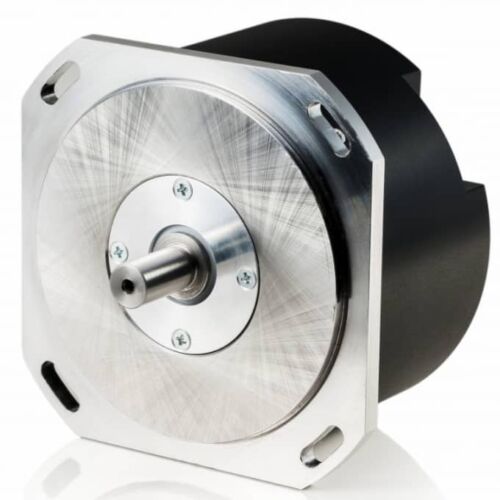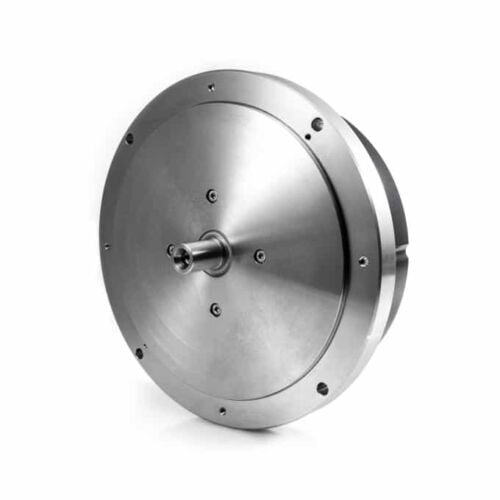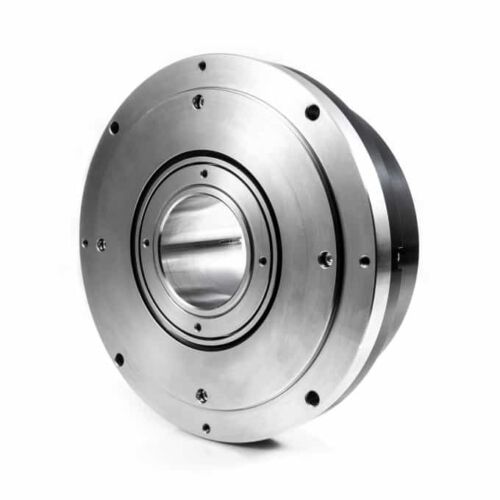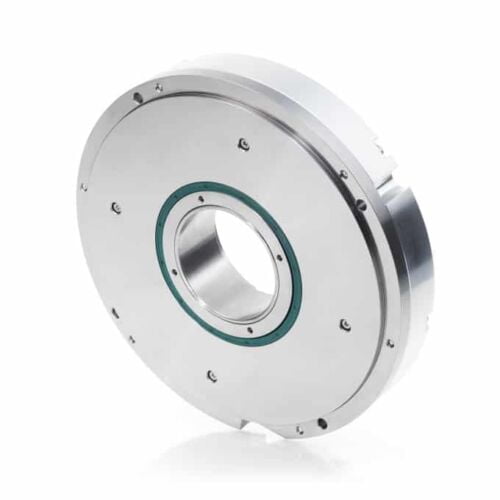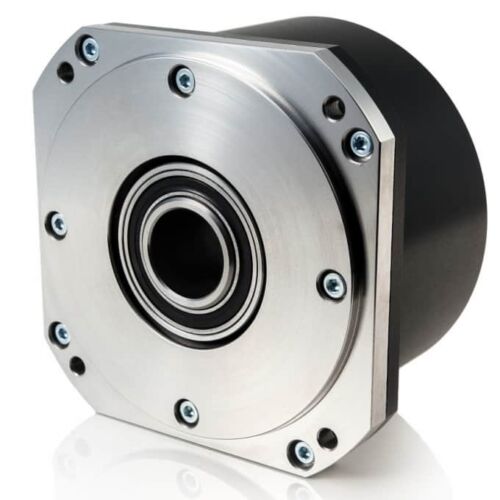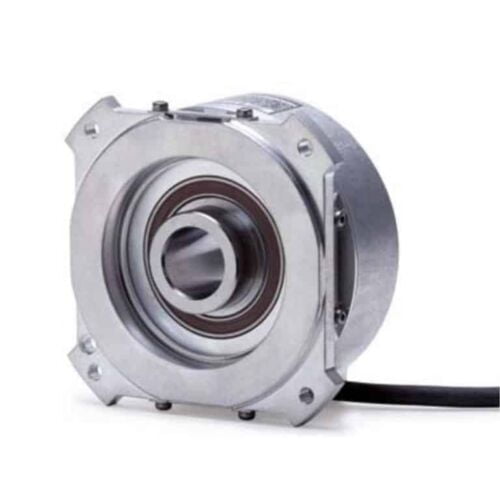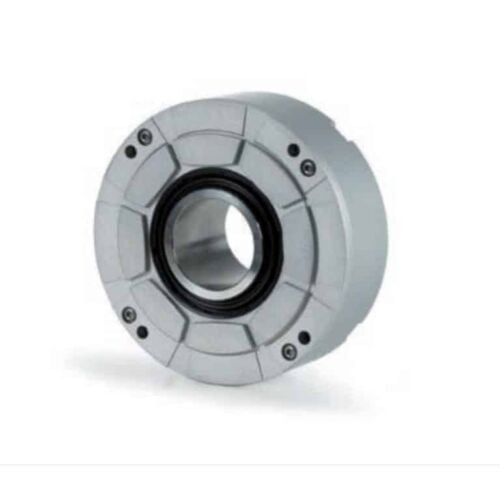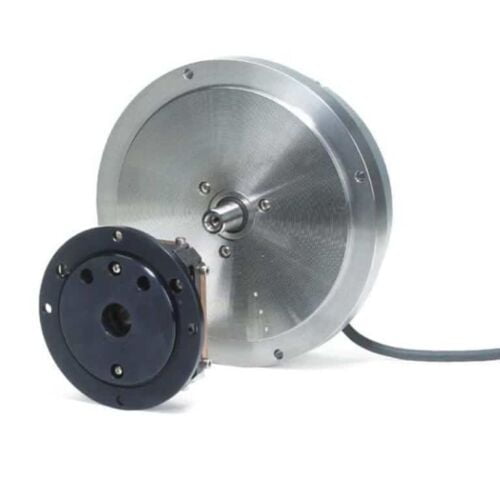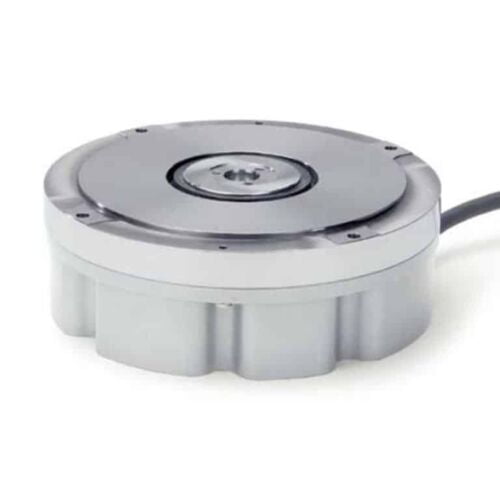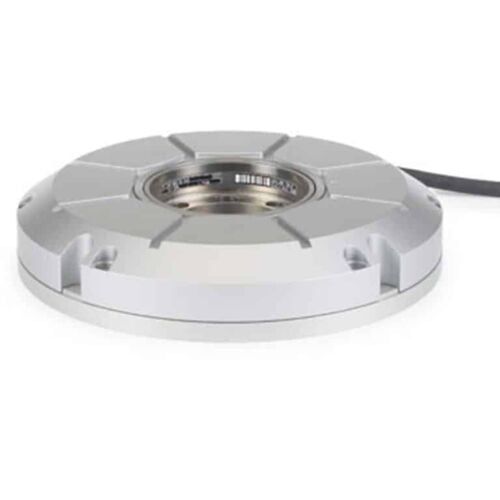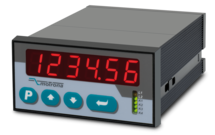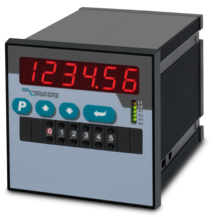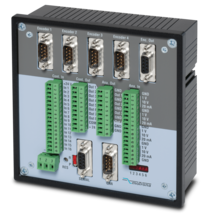Features
- Number of output pulses per revolution 18000-1800000 ppr
- Line number on disc (z) 18000
- Reference signal - standard: 1 per shaft revolution - distance coded: 36 per shaft revolution
- Maximum shaft speed 5000 rpm
- Maximum shaft load - radial: 10 N
- Accuracy ± 7.5 arc. sec; ± 5.0 arc. sec
- Starting torque at 20°C ≤ 0.01 Nm
- Rotor moment of inertia < 20x10-6 kgm2
- Protection (IEC 529) IP64
- Maximum weight without cable 0.7 kg
- Operating temperature 0...+50°C
- Storage temperature -30...+80°C
- Maximum humidity (non-condensing) 98%
- Permissible vibration (55 to 2000 Hz) ≤ 100 m/s²
- Permissible shock (11 ms) ≤ 300m/s²

